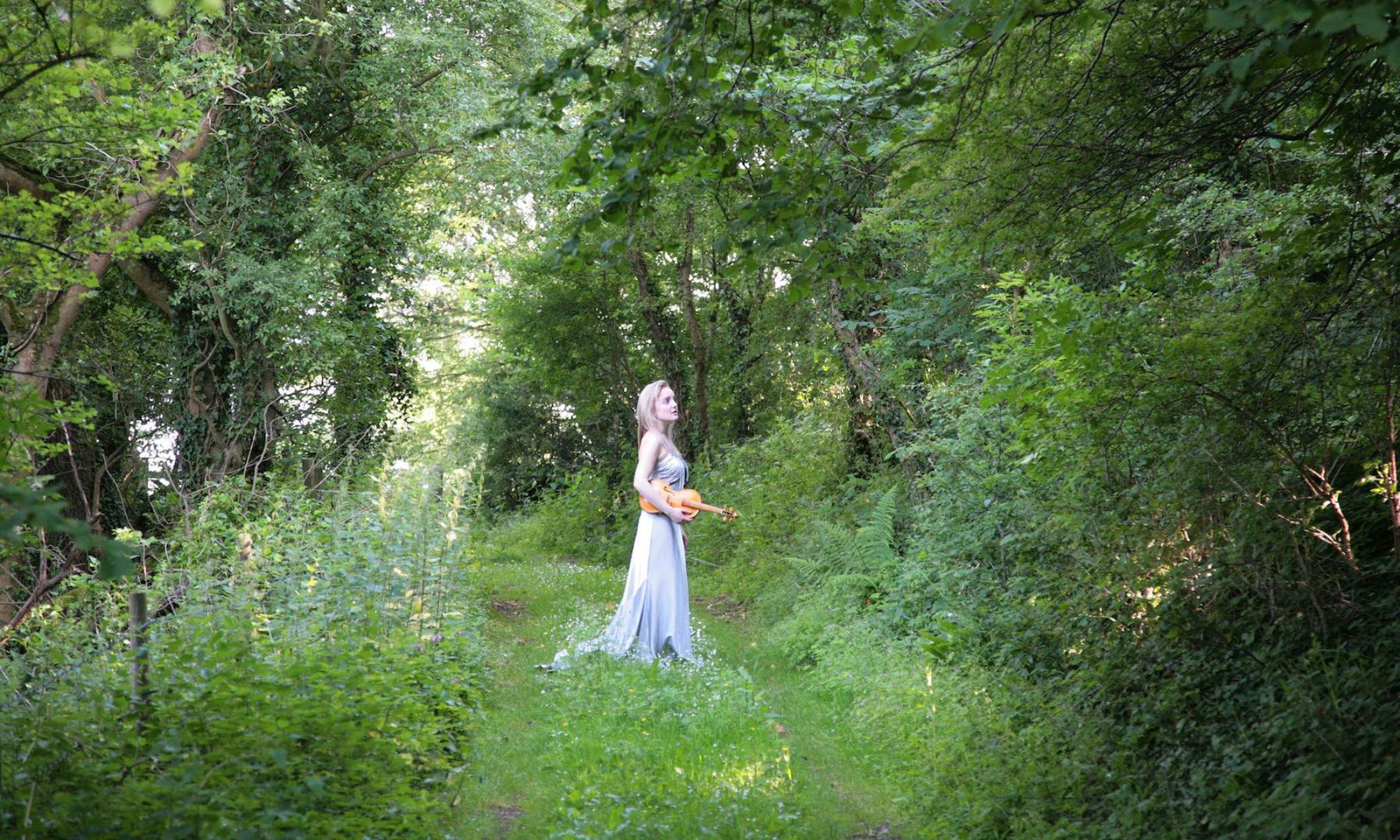I play violins, and other on-the-arm bowed stringed instruments, and I sing.
I play the baroque violin, the ‘modern’ violin, and the baroque viola, which I love. I play two medieval fiddles. And fulfilling a wish I’ve held since I was about 12, I acquired an electric violin a couple of years ago, although I haven’t done much with it yet.
I look for the voice of each instrument, and I look for what it can add to my personal voice. I want to stretch possibilities. So I delight in not only playing ‘historically-informed’ music, reading treatises and seeking out sources to help me play music from the eighteenth century and earlier in a convincing and satisfying way, but also putting those gut strings and old bows into the service of my personal world of improvisations and compositions and songs, influenced by the early-music world I adore. And reaching a high level as a violinist in the Western Classical tradition, playing in chamber orchestras and string quartets on that ‘modern’ violin wasn’t enough; I had to see what I could learn from the South Asian playing style.
I’m proud of my wooden friends: a ‘modern’ violin by WS Day; a beautiful rich-sounding baroque violin made on Mill Road in Cambridge in 2014 by Jonathan Woolston; a baroque viola by Walter Mohr; a medieval fiddle by Gotschy and one by Marco Salerno belonging to Belinda Sykes that I play when working with her band, Joglaresa; a modern bow by Voight; a lovely classical bow by Richard Moser; baroque bows by Eitan Hoffer and Gerhard Landwehr (the smallest is on a 1610 model, and is as light as a feather). Like many baroque violinists, I have quite a long fantasy shopping list for bows.
